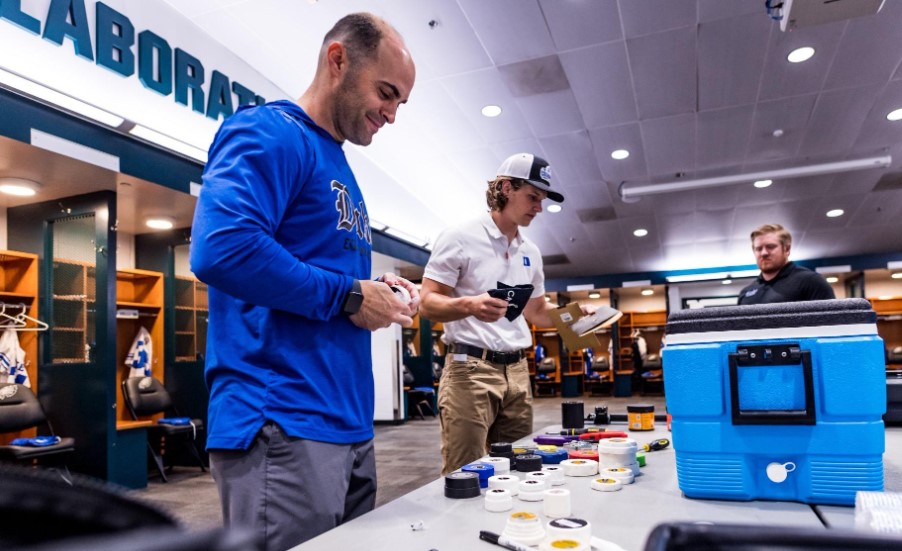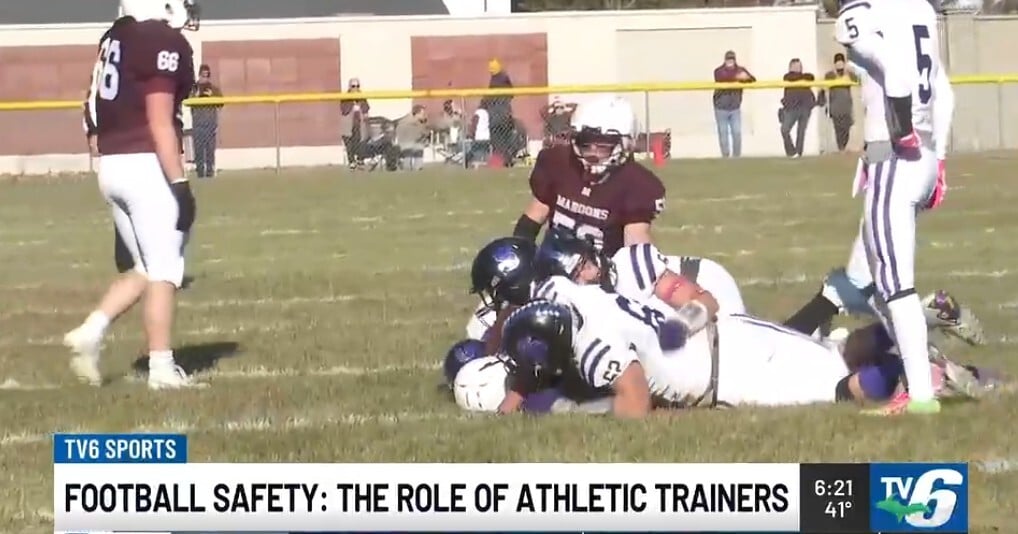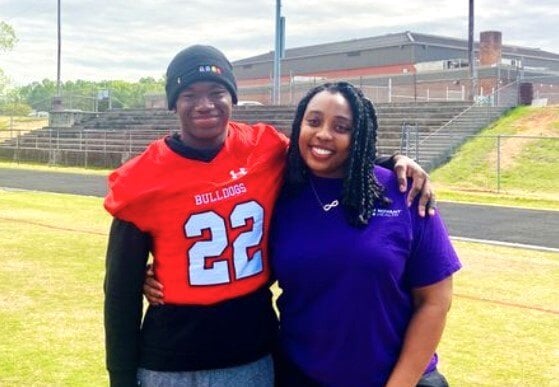How an Athletic Trainer Helped Make Football Safer for Every Player

When Robb Rehberg played football at Ramsey High School in the early 1980s, getting “your bell rung” wasn’t a medical concern—it was part of the game. Players took a whiff of smelling salts and went right back in.
“Life-altering impacts—especially brain injuries—were hardly top of mind,” Rehberg recalled.
 But decades later, his career would be at the forefront of changing that culture.
But decades later, his career would be at the forefront of changing that culture.
Now 56, Rehberg serves as the NFL’s senior medical adviser and director of game-day medical operations, overseeing the league’s Athletic Trainer (AT) Spotters Program. Since 2015, he has helped fortify a system that stations independent ATs in stadium booths to monitor at least 16 camera angles for signs of concussions or musculoskeletal injuries.
“The AT spotter is one of the few people who has the authority to stop a game,” Rehberg explained. “If it’s apparent that a player is injured, the spotter can directly contact the referee.”
Rehberg’s passion for safety grew from his years as a high school and college AT, where he studied concussions and spinal injuries alongside colleagues like John Davis of Montclair State University, one of the NFL’s original concussion spotters.
Their combined expertise has influenced new safety initiatives—such as Guardian Caps, updated kickoff rules, and improved player education—that led to a record-low 182 concussions in 2024, the fewest since the league began tracking a decade ago.
Both Rehberg and Davis now teach the next generation of ATs, emphasizing that the profession continues to evolve.
“Most schools have one AT, if that, to care for hundreds of student-athletes,” Rehberg warned. Davis adds, “I remind my students they are preparing for a job that has not been invented yet.”
Check out the full story here!
![HR Logo [Recovered]_Full Color Vertical-1](https://blog.healthyroster.com/hs-fs/hubfs/HR%20Logo%20%5BRecovered%5D_Full%20Color%20Vertical-1.png?width=199&height=178&name=HR%20Logo%20%5BRecovered%5D_Full%20Color%20Vertical-1.png)
 By
By


